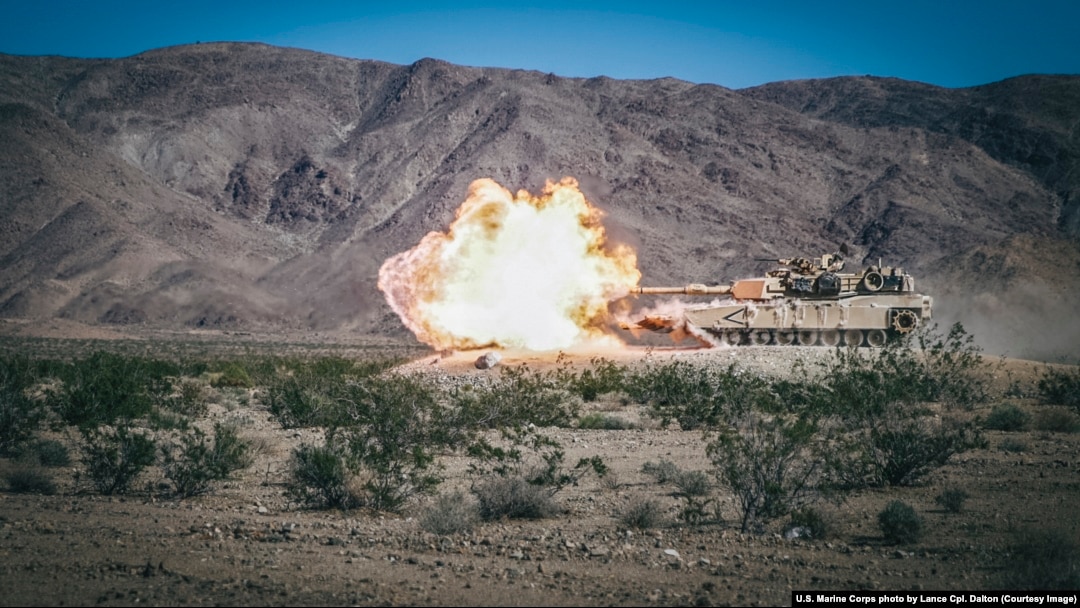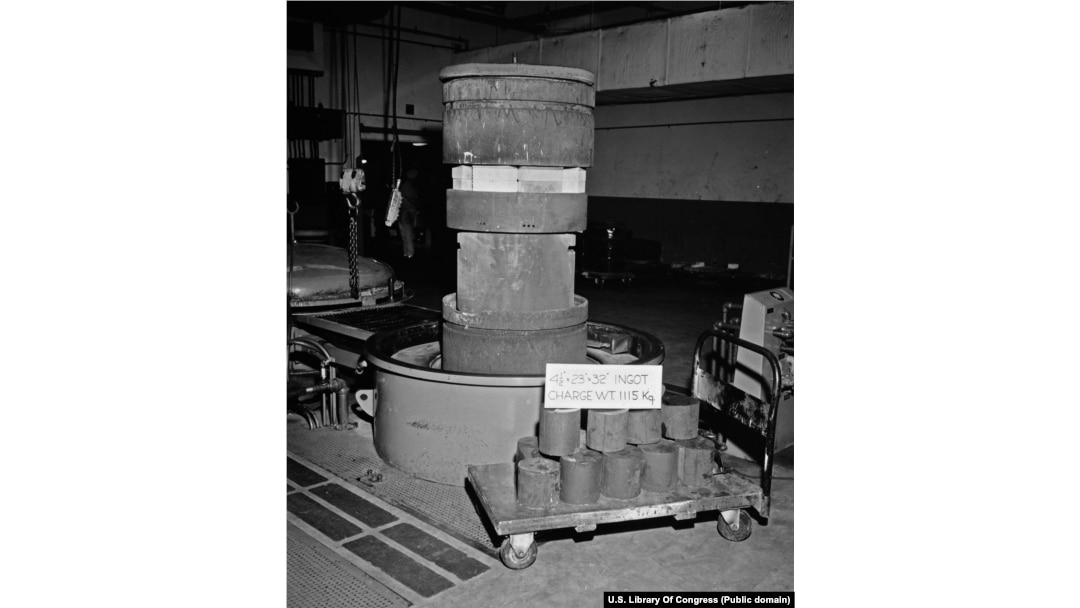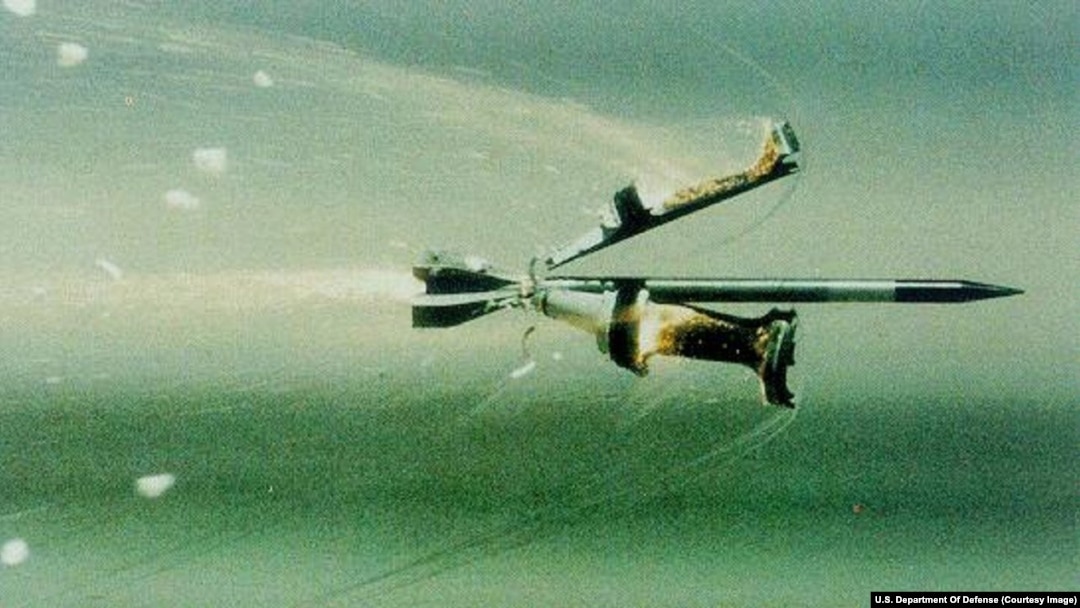After U.S. President Joe Biden told his Ukrainian counterpart, Volodymyr Zelenskiy, on September 21 that a new shipment of arms would arrive in Ukraine "next week," Zelenskiy replied that the package has "exactly what our soldiers need now."
Headlining the new delivery is the first shipment of U.S.-made Abrams tanks, which will presumably arrive with their controversial ammunition of 120 mm depleted uranium rounds.

An M1A1 Abrams tank fires its 120 mm cannon at a training ground in California.
Depleted uranium (DU) is a byproduct of the process to enrich uranium for use in nuclear fuel or weapons. The United States has vast stocks of the material, which is essentially nuclear waste that is 60 percent as radioactive as raw uranium. Beginning in the 1970s, the material began to be tested in sabot rounds -- dart-like projectiles fired from tank cannons designed to pierce the solid slabs of frontal armor used in Soviet tanks of the time.

Depleted uranium ingots and molds photographed at a facility in Colorado in 1957
The advantages of DU as an armor-piercing projectile are many, as are the controversies that have persistently surrounded its use.
Uranium is the heaviest naturally occurring element on Earth. A 10-centimeter cube of the metal weighs around 20 kilograms, giving it virtually unstoppable momentum and, when alloyed with small amounts of titanium, DU acquires steel-like strength.
A British soldier handles sabot rounds made from depleted uranium for Challenger 2 tanks during the 2003 U.S.-led invasion of Iraq.
Unlike tungsten projectiles, which squish or "mushroom" when they strike steel, DU anti-tank darts "self-sharpen" by shearing off their sides as they slam through armor. A final, macabre characteristic of the material is its propensity to vaporize into a superheated aerosol that explodes into a fireball after penetrating the target vehicle.
A destroyed Iraqi tank from the first Gulf War marked with "DU," indicating it has been hit with depleted uranium and is contaminated. The photo was taken at a scrapyard in Kuwait in 2002.
It is this toxic, radioactive aerosol especially that has led to decades of research, activism, and fears for what DU does to the environment and to people. Following the first Gulf War, the metal was blamed for the serious health issues suffered by veterans of the conflict that became known as "Gulf War syndrome."
Yugoslav soldiers measure radioactivity levels near the southern Serbian town of Presevo in 2001 after warplanes fired thousands of depleted uranium rounds during the NATO Bombing of Yugoslavia.
A 2008 study by the U.S. Department of Veterans Affairs found no link between DU exposure and widespread health issues, and NATO concluded the same in 2005. Later research, however, has linked wartime DU exposure to extensive health problems including surges in cancer rates among soldiers and civilians exposed to the metal.
Japanese protesters form the message "NO WAR NO DU" during a rally opposing the 2003 invasion of Iraq and the use of depleted uranium.
Britain has been supplying Kyiv with DU munitions to be fired from its Ukrainian-crewed Challenger tanks since early 2023.
In March the Kremlin responded furiously to the news that the shells, which Russian President Vladimir Putin claimed had a "nuclear component," would be supplied to Ukrainian forces.
Putin claims Russia has "hundreds of thousands" of DU projectiles in its armory and that "Russia will have to respond accordingly" to the munitions being supplied to Ukraine.


